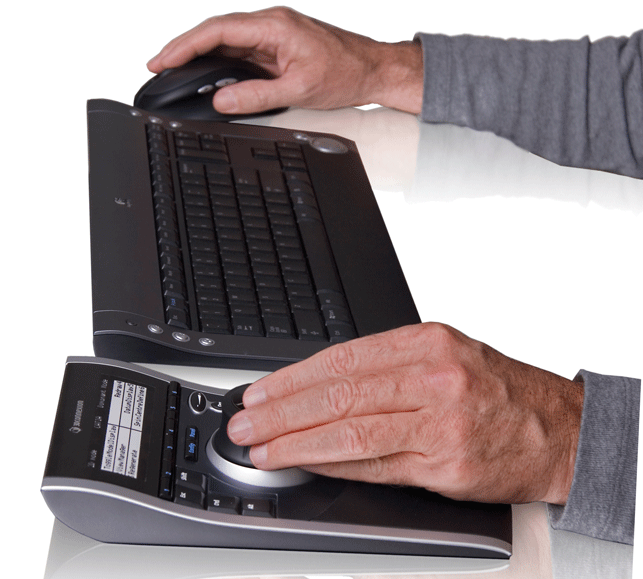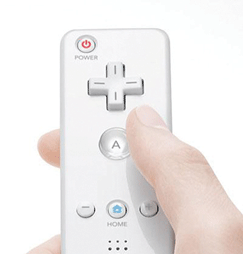Recent research shows that dedicated 3D control devices can have a major impact on design, but should we look to the consumer sector for a future beyond traditonal mouse/keyboard derivatives asks Al Dean
Let’s look at the set-up most of us use. There’s a keyboard, a monitor, the mouse and the big clunky box under the desk. Maybe we use a laptop instead of a workstation. Now is that acceptable for those that spend 40 hours plus sat in front of 3D-based design tool? In 2008 are we still stuck with a text entry device that was configured to stop manual typewriters from jamming and a 2D interaction device invented in 1967? What are the options? Where are the fantastic new 3D interaction devices we thought might be coming for the last two decades?

It seems that the world is finally catching up with the 3D professional user. Events I’ve attended recently have seen many of the major vendors discussing the future of 3D interaction and the majority are focussing onto several key areas.
The most common is the Wii Remote (or WiiMote), the headline-grabbing component of Ninendo’s Wii. Overnight, Nintendo has managed to revolutionise how games are interacted with in three dimensions and this is now starting to have a cross over effect in the 3D design world. Dassault made a huge splash at its recent DEVCON event, demonstrating how the WiiMote can be used to navigate a 3D world, based on Catia and Enovia. CEO Bernard Charles even hinted that its development team is currently working on its own hardware-based device for 3D model interaction.
While DS may have a head start because of its involvement in the gaming industry with its Virtools products another major CAD vendor with gaming connections is Autodesk (through its 3ds Max and Maya products) and it is making sure it’s not missing out on the Wii-action either.
Following a viral posting of a user integrating the WiiMote to control and navigate 3D CAD data with Autodesk Design Review, Autodesk has launched a fully endorsed version of that work on its labs website labs.autodesk.com. In the last week or so it’s also delivered a hardware driver based on the Chameleon Boom Cam technology which allows users to navigate a 3D model using a webcam.

Nintendo Wii Remote
Then there’s MultiTouch technology built into Apple’s new notebooks and the Ipod Touch. Even with limited support, the beta version of Rhino on the Mac OS, beneftis from MultiTouch for simple panning, zooming and rotating a model. And companies such as Autodesk are already applying this technology to larger scale devices where one hand is not enough. Interacting with 3D data using two hands on a giant multi-touch LCD screen is not just the stuff of science fiction films like Minority Report anymore.
While these 3D interaction technologies are still in their infancy the only vendor to be actively pursuing the 3D hardware market and gaining any traction is 3Dconnexion with its 3D motion control devices. The company has just released details of research conducted into the benefits of adopting its devices (3Dconnexion.com/productivity). It highlights that its customers said they felt comfortable using the 3D mouse within two days from the time they began using it (80% of them in fact) and 70% felt proficient within the first week.
From my own experience the devices are easy to learn and get up to speed with, but what I found most interesting was the metrics on productivity. Around 85% of the interviewees actually found improvements in their design work and in detection of errors, which is testament to having a task-specific hardware device.
What amazes me is that the company is still the only vendor actively creating hardware to interact with professional 3D models. But now, thirty years after the invention of the mouse, it may be getting some new competition. That competition isn’t likely to be another start-up with a fancy idea, but a much larger scale organisation who is developing mass appeal devices for the entertainment sector, onto which the 3D professional world can piggy back. I doubt the keyboard and mouse will be going away anytime soon, but whatever form it might take, whether that’s a remote you move around in your hand or a screen you touch with your hands there are sure to be devices coming on stream soon that may make navigation even more intuitive.
{encode=”al@x3dmedia.com” title=”al@x3dmedia.com”}

Al Dean considers the future of 3D control devices






